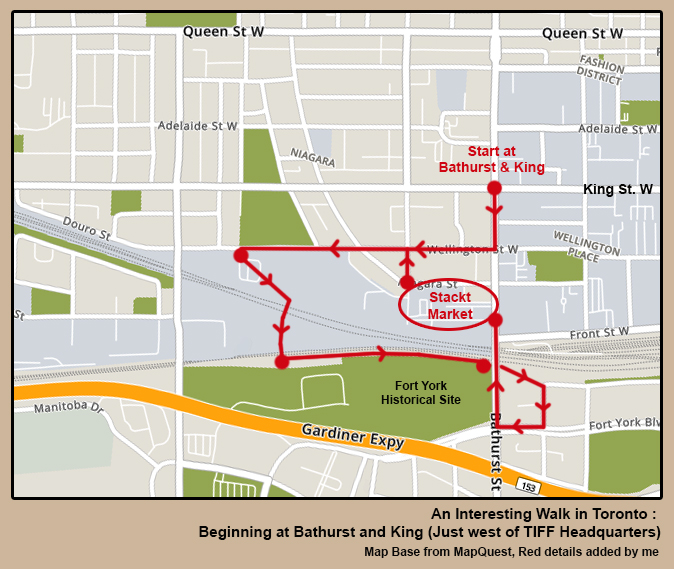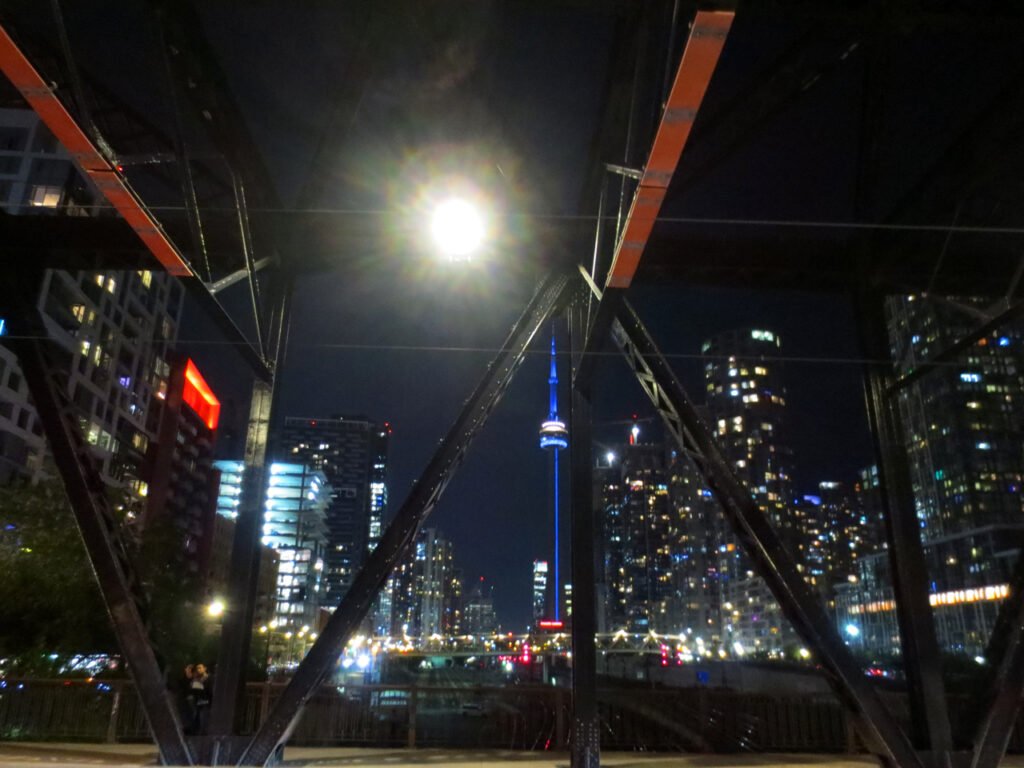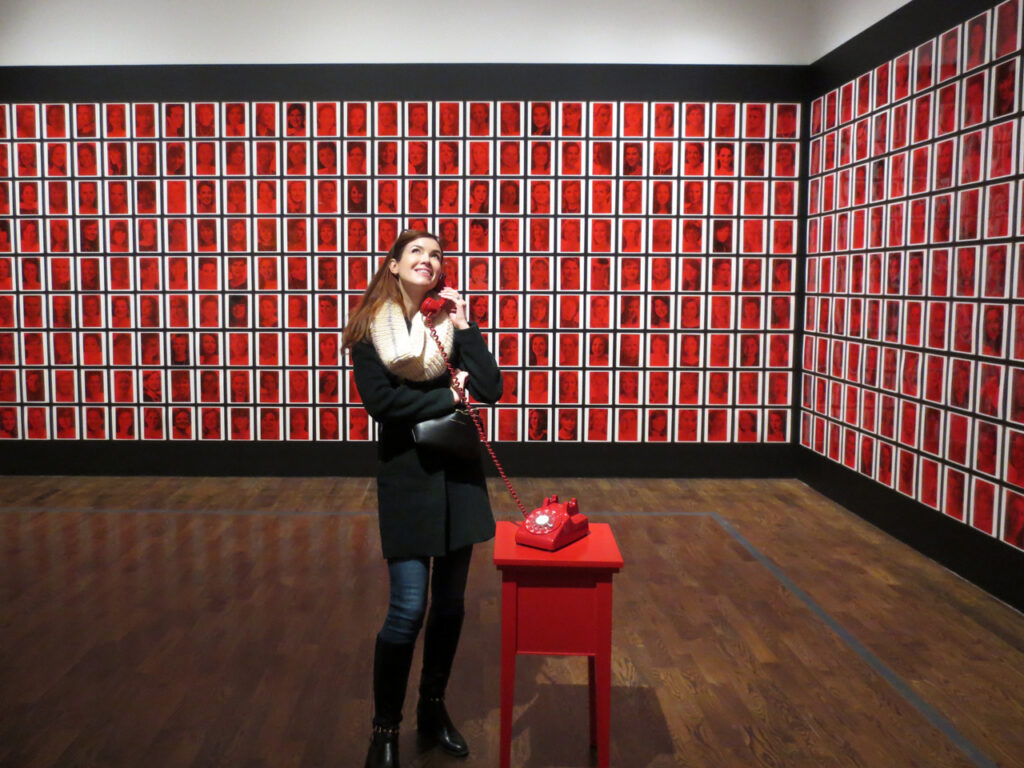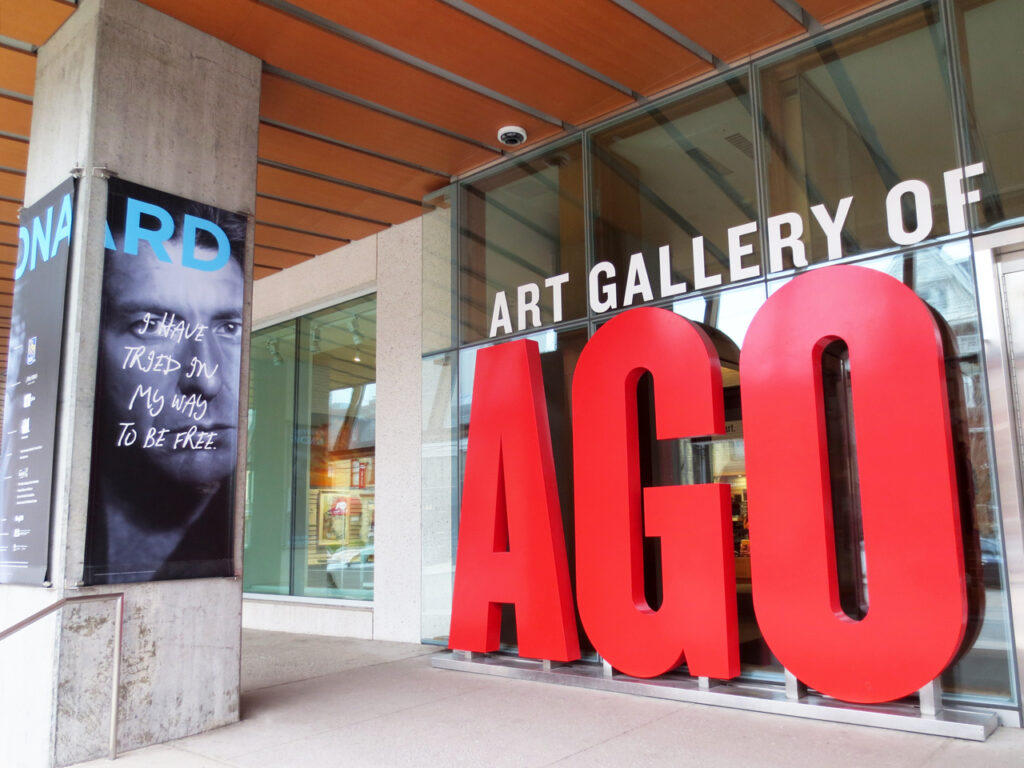In my previous post, Doors Open Adventure Part I, I left off at the corner of King Street West and University Avenue, after visiting the TD Centre. I was partaking in the Toronto Doors Open Event, when the public are invited to see inside interesting buildings, which they would otherwise not normally have access to.
From that corner, I walked a block westward, to take a look inside St. Andrew’s Church, at the corner of Simcoe Street and King Street West, beside Roy Thompson Hall.
Construction of St. Andrew’s began in 1874 and it opened in 1876, serving the Presbyterian congregation of The Church of Scotland. It was designed by Toronto Architect William Storm, following the style of Scottish medieval architecture, even though this period was already over 300 years old at the time the church was built. So, it’s an old church built to look like a much older one.
The massive building was made of limestone mined in Georgetown Ontario, which is 60 kilometres (37 miles) to the west of Toronto, so simply getting the construction materials to the city back when roads were made of dirt and horsepower meant exactly what it sounds like, was an admirable feat. Also, some of the granite within was brought all the way from Aberdeen, Scotland.
(That is an extremely brief history … if you’re interested in reading more, you’ll find many more details here.)
The church continues to have regular services today, which are accessible to anyone, so its doors are open regardless of the Doors Open Event, however, I imagine regular visitors don’t normally get right up on the altar and take photographs. Also, visiting during this special event took the religiousness out of it, in favour of the historic and architectural aspects of this magnificent building.
Let’s have a look inside, shall we? …
After checking out the main floor, I climbed a wooden staircase found beside the front doors, up to the second floor, to take in the amazing view of the whole thing, and to examine the huge pipe organ in detail.
The organ is a replacement of the original, installed in 1983 and built by Karl Wilhelm Inc. Organbuilders, of Mont St.-Hilaire, Québec. It has 50 sets of pipes and is apparently one of the largest that company has ever built.
If you’re interested in the specifics of this instrument, there’s more here.
The following photograph, of a commemorative sign I found to the right of the altar sent me down a rabbit-hole of research. It lists the 19 soldiers from St. Andrews parish who had lost their lives in the first world war 1914-1919. (70,000 young Torontonians enlisted in that war, which was a lot considering the total population of the city was only around 500,000 at the time.)
I saw that two soldiers died on the same day, August 27th, 1918, so I looked it up and found this wiki-page that told exactly was happening to Canadian troups in France on that tragic day.
Then I saw the name “Hanlan” and was curious if this soldier had anything to do with Hanlan’s Point, part of Toronto Islands. It turns out Edward was the grandson of the man that “Hanlan’s Point” is named for.
The grandfather, John Hanlan, and his family were amoungst the first inhabitants of the islands and built a large hotel / public holiday resort there in 1887. Hanlan’s Point is still a much visited leisure area, and includes the popular Hanlan’s Point Beach.
The soldier, Lieutenant Edward Gordon Hanlan, was only 26 when he lost his life in the war, on August 9, 1917, less than a year after he enlisted.
He’d been born just up the street from the church at 189 Beverley Street. A look on Google Maps brought up the exact house, which interestingly, has a placard out front. However, turns out that the placard is not in honour of the grandfather and Hanlan Point, or the soldier who lost his life. No, it’s for the man between the two, Ned Hanlan, the elder’s son and the younger’s father, who had been a famous rower. Apparently, he’d first become proficient at rowing by boating from the mainland to his grandfather’s property on the islands.
See what I mean about going down a rabbit-hole?!
Anyway, back to the Doors Open Adventures …
After leaving the church, I walked westward along King Street and turned north on John Street.
↑ See the church tucked in there? ↑
↑ This series of historic row-houses on John Street, that were built in 1889, are interesting (see a write-up about them on the “Taylor on History” blog here), but were not part of The Doors Open Event.
From there I kept going another five minutes to reach my third destination, which I’ll write about in an upcoming post.
Thank you kindly for reading. I hope you’re having a great Monday!
xo loulou























